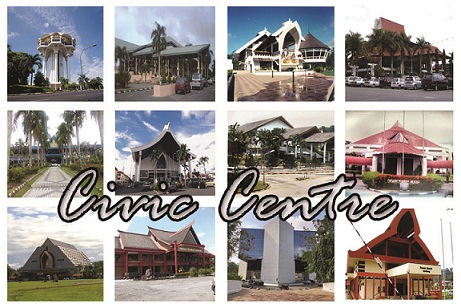
Background History
The establishment of the Civic Centre in each division is to provide a venue for the organization of social, cultural, religious and sports activities involving all walks of life.
Originally, the Ministry of Infrastructure Development of Sarawak was responsible for the construction of 12 Civic Center throughout Sarawak. Through Working paper On Civic Centre Management by the Ministry of Environment and Tourism (Paper No3A/87 dated 13 July 1987) has stated that the Provisions for the construction of Civic Centers are under Head 61 Government Building in the Development Estimates. This Head is under the control of the Permanent Secretary, Ministry of Infrastructure Development.
Through state council meetings on 24.03.1988 management and administration by the Civic Centre Board was approved. Subsequently, the Ministry of Social Development was entrusted to oversee and manage the management of Civic Centre.
Based on a speech given by our Former Chief Minister of Sarawak, Pehin Sri Dr. Hj Abdul Taib Mahmud during the opening of Kapit Civic Centre, 30th August 1989,
“The idea of having Dewan Suarah is to induce the people, of different backgrounds, to come together because of common objectives, pursuits, habits and desires, which can be translated in to a cultural expression. Therefore, a number of activities such as exhibitions on informal learning or education, cultural activities, which can enhance our sensitivities as human beings, should be held at the centre”.
Also based on a speech from the former Chief Minister Pehin Sri Dr.Hj Abdul at the opening of Dewan Suarah Kuching, 4th September 1988. Among the points of objectives of Civic Centre Managements are;
i. Politic Of Development “ Conflunce of cultures and value”.
ii. Inter-alia to foster national intergration,goodwill and understanding among all the communities in the state.
iii. The focal point of activities in the Divisional Town and District .Activities such as Exhibition, Library, Social Funtions and performances of fine Arts and sports can be held there.
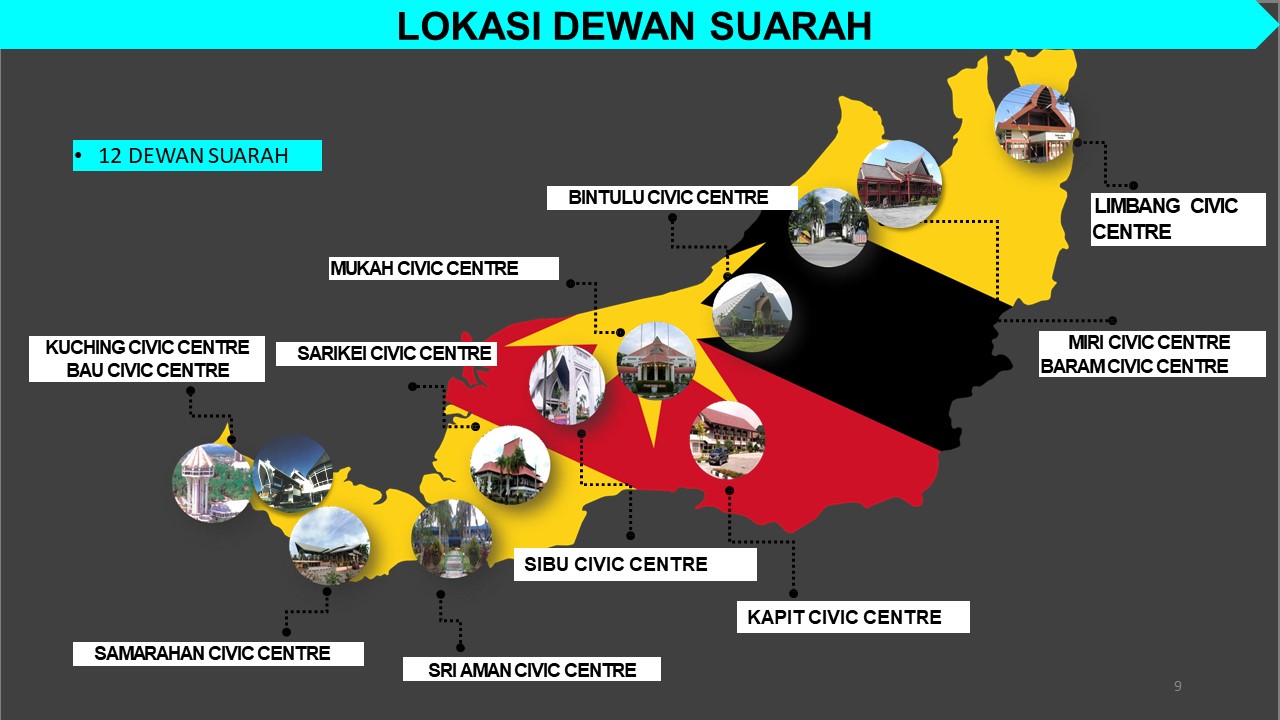
Background History of State Civic Centre Kuching
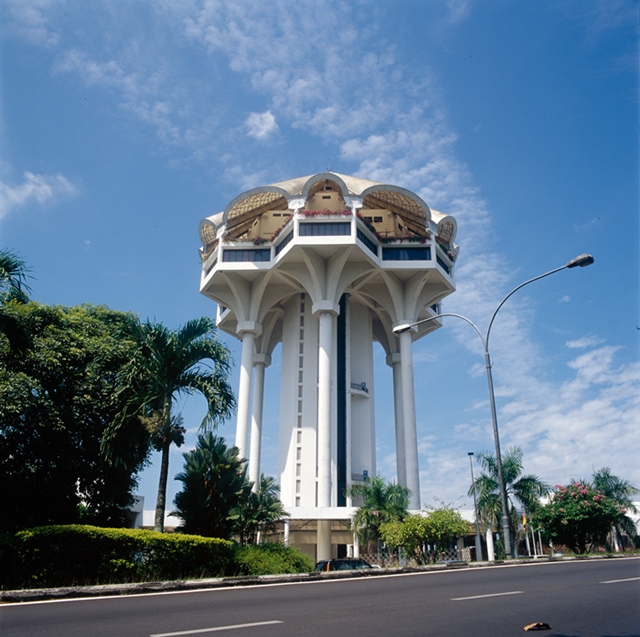
Dewan Suarah Negeri, Kuching was officially opened on 4th Septembar 1988 by the Chief Minister of Sarawak, YAB Pehin Sri Dr. Haji Abdul Taib bin Mahmud. The complex build combines noble elements that symbolize the local Islamic architecture and the tower measuring 243 feet (about 74 meters).
The construction of Dewan Suarah Kuching is to fulfil the purpose of having a place for recreational area for the public to do recreational activities, a meeting venue for any program or events, a mass hall that could function as exhibition hall for arts exhibit, also act as a hall for stage performances as well as a place for any cultural activities for the people of Kuching.
Background History of State Civic Centre Samarahan
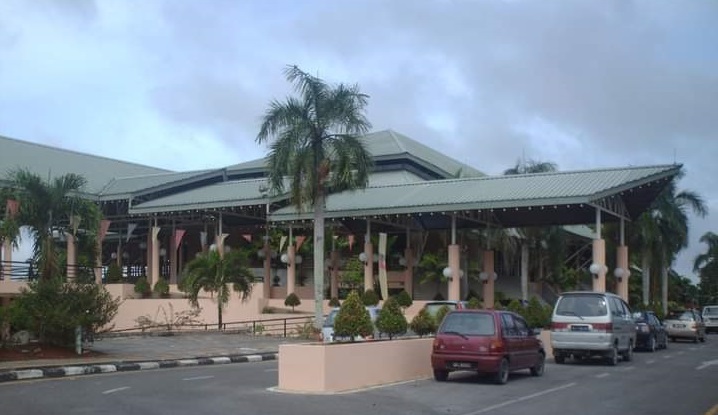
Kota Samarahan Civic Centre is the 12th Civic Centre built in Sarawak. Kota Samarahan Civic Centre is located in the compound of Kota Samarahan. It was officiated by The Chief Minister of Sarawak, Yang Amat Berhormat Pehin Sri Haji Abdul Taib Mahmud on 5 March 1995 with 3 Syawal 1415 Hijrah.
The design of Civic Centre Kota Samarahan is a fusion between
traditional development to modern elements. It symbolizes the multiracial ethnics in Sarawak as well as reflecting the unity among people.
Background History of State Civic Centre Bau

The Bau Civic Centre, which was completed for use in the year 1990 is located in Bau town, about 33 kilometres away from Kuching city. The building was prominent structure which portrays the identity of the three main races in Bau district: the Bidayuh, the Chinese and the Malay.
Being designed for multi-purpose events to promote social and racial unity among all races, Bau Civic Centre is a two-storey building. The top floor consists of an auditorium, which covers an area of 6555 square feet, can accommodate a maximum capacity of 1000 people at any one assembly.
Before entering the auditorium, one passes through an open space of 4422 square feet. This open space is called the ‘tanju’, a Bidayuh term for an open space raised on stilts. To the right of the ‘tanju’ is the ‘Baruk’, a uniquely shaped building derives from the Bidayuh culture.
Background History of State Civic Centre Sri Aman
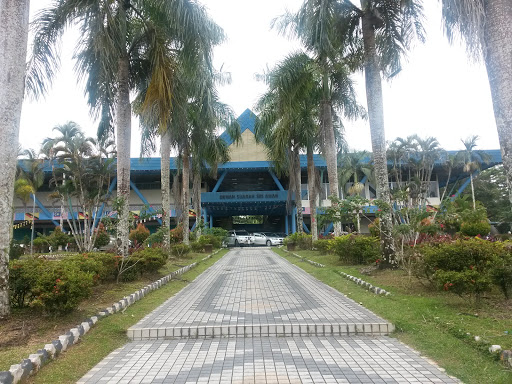
Construction of Dewan Suarah Sri Aman started on 21.7.1987 and completed on 19.9.1988. It is situated near the Sri Aman Mosque and is about 10 minutes walk from town. The concept of the building is such as to portray all necessary activities under one roof of a rectangular two-storey building. It is generally designed with local tradition and customs in mind and shaped like “Tepak Sirih” (Copper container for storing supplement of bettle-nut chewing).
Background History of State Civic Centre Sarikei
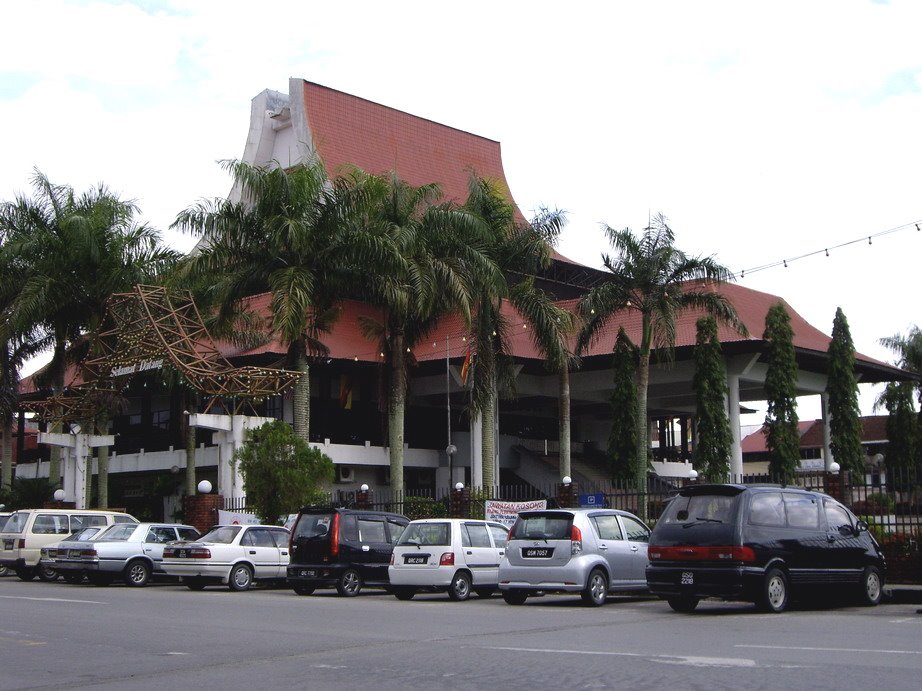
Sarikei Civic Centre is located in the centre of Sarikei town. The building has a total area of 1.2 hectares, built on a land originally used as a football field. One of the prime movers in the building of Sarikei Civic Centre was YBhg. Datuk David Teng Lung Chi, former Assistant Minister. The ground breaking ceremony was officiated by YAB Prime Minister Malaysia on 14th April 1987, and officiated by YB Chief Minister of Sarawak on 16th June 1988 upon its completion. Its design reflects the culture of different races in Sarikei Division such as Malay, Melanau, Chinese, Iban and others.
Background History of State Civic Centre Sibu
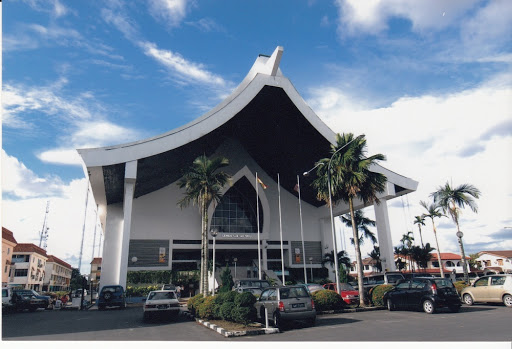
Sibu Civic Centre was officially opened on 4th July 1988 by the former honourable Prime Minister Tun Dato’ Seri Dr. Mahathir Mohamad. Its architecture is a hybrid of modern element intermingled with traditional architecture styles consisting of various races in Sarawak. Its ultra architectural design has already earned it a leading place amongst the Sibu’s prominent landmarks.
Background History of State Civic Centre Kapit
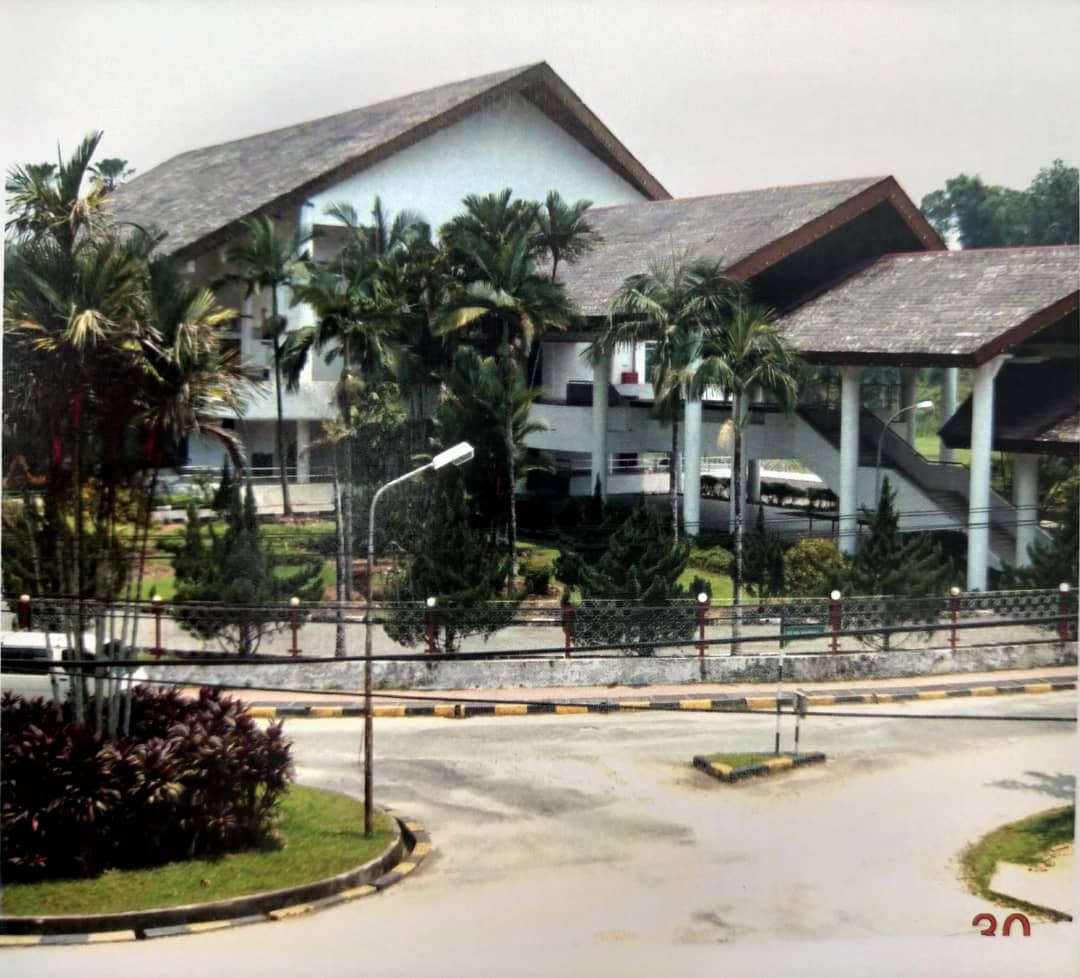
Kapit Civic Centre is a major landmark constructed to provide opportunities for the various communities in Kapit Division to organize education, sports, culture and other activities which could strengthen and foster harmony and friendship. The building was designed in 1986 and its designed was inspired based on the local customs and cultures derived from the “Longhouse” and “Warrior Shield” concept. The Warrior Shield concept for the roof top and the structural columns were constructed based on the local “Totem Pole” and “Tiang” on both sides of the building to support the roof.
Background History of State Civic Centre Mukah
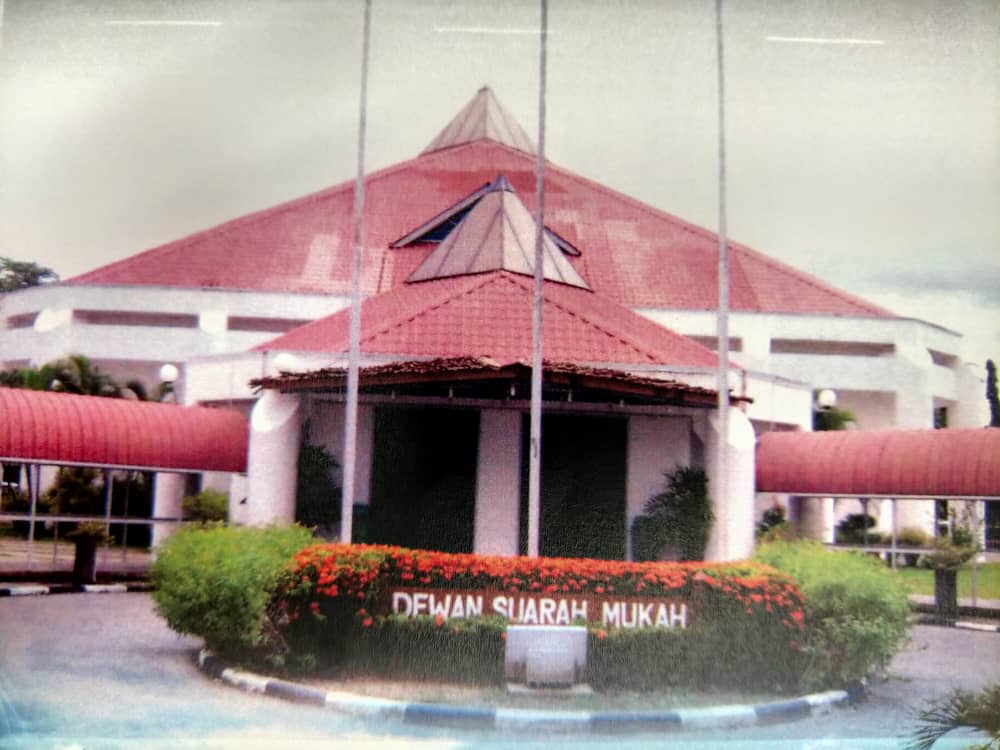
The Dewan Suarah Mukah building which costs RM2.5 million was built to serve people of various races in Mukah Division. The Foundation Stone of this building was laid on 7th March 1987 by YAB Chief Minister, Pehin Sri Dr. Haji Abdul Taib Mahmud. The Dewan Suarah was launched on 25th July 1988. The word 'MESRA' was added to Dewan Suarahto commemorate the official visit of YAB Prime Minister, Dato' Seri Dr. Mahathir Mohammad in 1996 who officiated the State level Gerak Mesra Programme. Dewan Suarah Mesra Mukah is responsible of taking charge Mukah Sports Hall, Sports Complex Dalat and Balingian Football Field.
The design of the building uses famous local trademarks such as 'Terendak' for the roof and 'Jerunai' for the front cylinder blocks which serves as the main entrance. All the cylinder blocks surrounding the building are purposely built in large sizes just like those at 'Rumah Tinggi' in ancient Melanau houses. The ancient-look-alike design of the structure of the building represents stability and a close bond between the local people.
The design was an idea of YAB Sarawak's Chief Minister, which inspired the Dewan Suarah Mesra Mukah to incorporate the traditional elements.
Bintulu Civic Centre
In the past, Bintulu was a district under the jurisdiction of Miri divisision. It was originally a fishing village and changed its status to a town with fast development after a few corporates set up their offices, namely Malaysia LNG Sdn. Bhd., ABF Sdn. Bhd. and Distitillete Synthesis (SMDS). On 1.1.87 Bintulu was upgraded to a division and was named as Bintulu Division.
Following the elevation of Bintulu to a division, a Civic Centre was built in 1988 at a cost of RM7 million. It was officiated by YAB Chief Minister Datuk Patinggi Tan Sri Hj. Abdul Taib Mahmud on 5.7.1988.
Miri Civic Centre
The civic centre is located within the vicinity of Jalan Bintang on the East and Jalan Kipas on the North. It covers a flat piece of land of about 1.95 hectares (4.8 acres) and is surrounded by an open parkland with plenty of parking lots which is within five minutes drive from the town centre.
The former Deputy Chief Minister, YBhg. Datuk Patinggi Tan Sri Dr. George Chan Hong Nam, was intrumental and played a major role in initiating the construction of Miri Civic Centre. The project cost was RM7.6 million of which RM3 million was sponsored by Sarawak Shell Berhad. The foundation stone was laid on 31st August 1985 by the Chief Minister Pehin Sri Haji Abdul Taib Mahmud who also officiated at opening ceremony on 20th June 1988.
The civic centre serves as a venue for social and cultural interaction of the local community in Miri. The building does not only look dynamic but symbolises the main activities which contribute to the rapid growth of Miri Division.
The building is made up of three storeys with a cantilevered floor that marks the presence of civic centre in the heart of Miri town. The ground floor or foyer of the civic centre is mainly used for exhibitions, while level 2 or first floor is used for library. The uplifted floors of the library and multi-purpose hall supported by four giant pillars reflect the image of oil platform which has become synonymous with the emergence of Miri as an oil town. Level 3 of the building is a multi-purpose hall that caters for variety of functions such as wedding receptions, conferences and seminars.
The building geometric patterns derives from a square within a square symbolises Islam which is the official religion in its purity and simplycity. The core corners from the core towers supporting the building symbolises its strength as a venue for congregation to unite the society.
Baram Civic Centre
Marudi, initially known as Claude Town, serves as the centre of convergence for economics, social and cultural activities in the Baram river basin over the years and has grown and develop considerably fast as an administrative town for Baram District. With its growing population and size, there is a vital need to provide communal facilities for social recreation and interaction to serve the people of Baram.
The idea of Dewan Suarah Baram was conceptualised in the eighties which eventually materialised with the completion of the building in 1991.
The objective for the construction of Dewan Suarah Baram is to provide a venue of confluence for social and cultural activities which comprise the various ethnic groups in Baram District. Such activities will further enhance mutual understanding and cooperation among the different communities in the area. By nurturing a harmonial atmosphere it will enable the state of Sarawak to achieve its dreams of a developed state and progressive society.
Dewan Suarah Baram building concept is derived from the traditional Orang Ulu longhouse. Based on the longhouse concept, the building is sited majestically on a height specially elevated to overlooked the mighty Baram River.
The traditional class system and social hierarchy of the community is reflected by the different height progression of the architecture. The centre of the Dewan depicts the headman's 'bilik'. A substation area is provided in front of the headman's 'bilik'. This multi-purpose hall or the 'Awa Aya' will cater for a variety of functions such as social gatherings, wedding receptions or ceremonies, conferences and religious activities.
On the first floor is a stretch of verandah surrounding the building. Traditionally, in the evening young people gather along the area to play "Sape" and other musical instruments to dance and socialise.
The massive roof structure is supported by huge round collumns of varying sizes. The different sizes signify the social status of the occupants of the 'bilik', and thus the biggest is reserved for the Chief's porch inside the Chief's house. The collumns, walls and roofs will be adorned with ornamental designs to reflect the social status of the various families.
The Dewan Suarah Baram offers the people of Baram District a venue of confluence for activities including that of educational, social, cultural and recreational. The centre also provides a place where the young and old can interact for a common socio-economic and cultural purposes.
Limbang Civic Centre
Limbang Civic Centre was designed according to the concept of local communities in Limbang such as the Malay, Kedayan, Iban, Bisaya, Lun Bawang, Chinese and Penan. It was built in 1987 with an estimated cost of RM2.6 million and was officially open by YAB Chief Minister Pehin Seri Datuk Patinggi Haji Abdul Taib Mahmud on the 11th July 1988.
The civic centre is also equipped with various sports facilities such as the badminton courts, volleyball court, sepak takraw, table tennis, and basketball court.
Besides catering for games, the main hall is also used for gathering, wedding, dinner, road show, seminar and concert. Other facilities availabe at Dewan Suarah include P.A. system, leisure room for VIP, meeting room, surau and a room for sewing classes. The administrative office for staff of Dewan Suarah is located adjacent to the main building. Dewan Suarah is surrounded by a well maintained greeny landscape.

